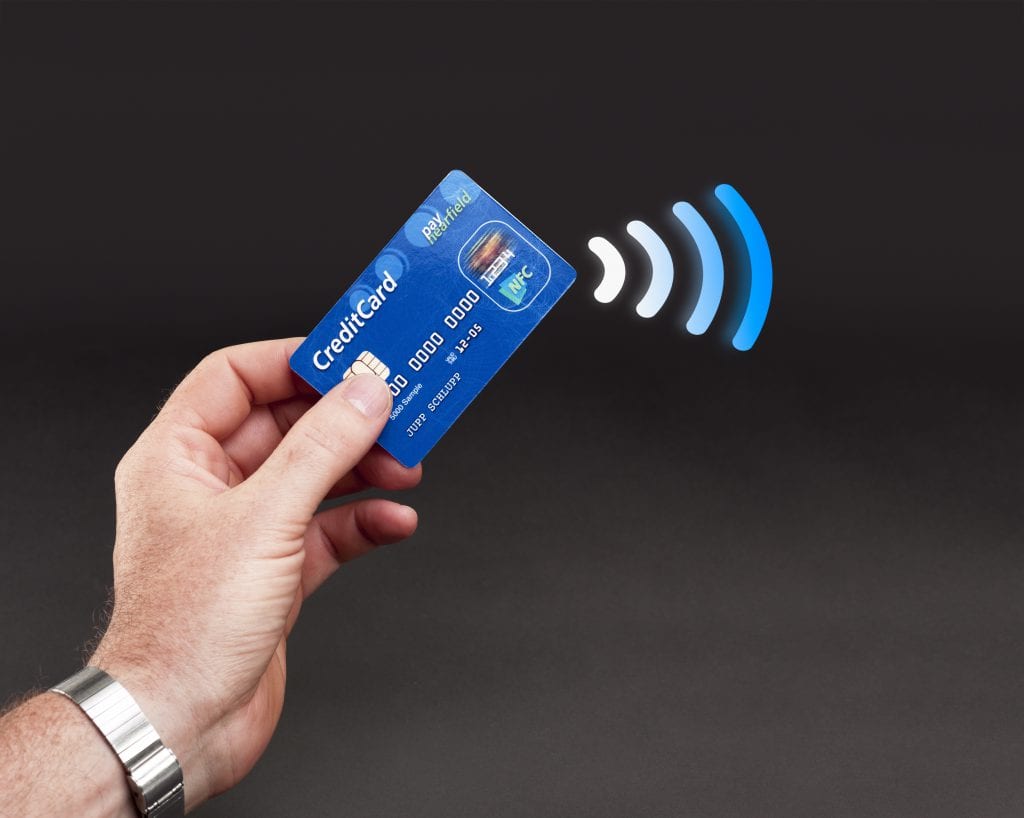Manufacturers want to make their products remain unusable until purchased legitimately through an authorized channel. It may also be nice to prove that a used device wasn’t stolen. Bloomberg indicates that Samsung is investigating how the Bitcoin blockchain could do exactly that:
“Samsung Research America, a division based in Silicon Valley, has researchers looking at using the so-called bitcoin blockchain to design better ways to verify “that what you say is authentic is authentic,” said Steven Rahman, director of strategy at the research division.
Samsung makes electronics ranging from Galaxy smartphones to home appliances and TVs. The Suwon, South Korea-based company also runs music radio and video services, a mobile-payment service, and offers a variety of apps.
“The blockchain technology is very interesting in general, and it can be applied in a lot of areas,” Rahman said. “Currency, it’s just the first use case. You could imagine that anything, like prescriptions, could be managed with the blockchain technology.”
Samsung Research America usually develops technologies that may be used in commercial products in two to five years, he said, declining to provide further details about the bitcoin project.”
In Bitcoin, the blockchain records transactions, providing non-repudiation utilizing cryptography while preventing modification or duplication through the work effort associated with mining. Several manufacturers today have implemented solutions that prevent their electronics from working until the device is connected to the internet and verified on a white list. This allows the manufacturer to make a stolen device worthless. Performing this function on a public record such as the blockchain would provide the same function but also enable manufacturers to track the device through multiple owners and make stolen items worthless over the life of the device, since the legitimate owner could report the device stolen through the blockchain. Of course the manufacturer could also do this by opening up its own centralized database with access controls implemented through cryptographically enabled keys.
Each new blockchain enabled solution creates a more confused bitcoin operational model; an operational model that many already consider a leap of faith. While several approaches are being discussed to enable the use of the Bitcoin public ledger for other purposes, including sidechains, it will be difficult to prove these solutions won’t overload the ledger and damage the intricate balance inherent in funding the mining operations. It is already unclear how the Bitcoin infrastructure will react as miners shift from bitcoin rewards to transactional fees, adding additional complexity should make one pause.
Another question worth asking is why a private solution that could be implemented on a database should be implemented instead on Bitcoin? A public database could be setup in the cloud and could utilize cryptographic keys to deliver the same functions. That database could be funded by Samsung and used only for Samsung devices, or it could be a shared resource funded by all manufacturers. The blockchain is terribly inefficient and growing it to satisfy private needs may break the economic model that keeps it operating.
Overview by Tim Sloane, VP, Payments Innovation at Mercator Advisory Group
Read the full story
